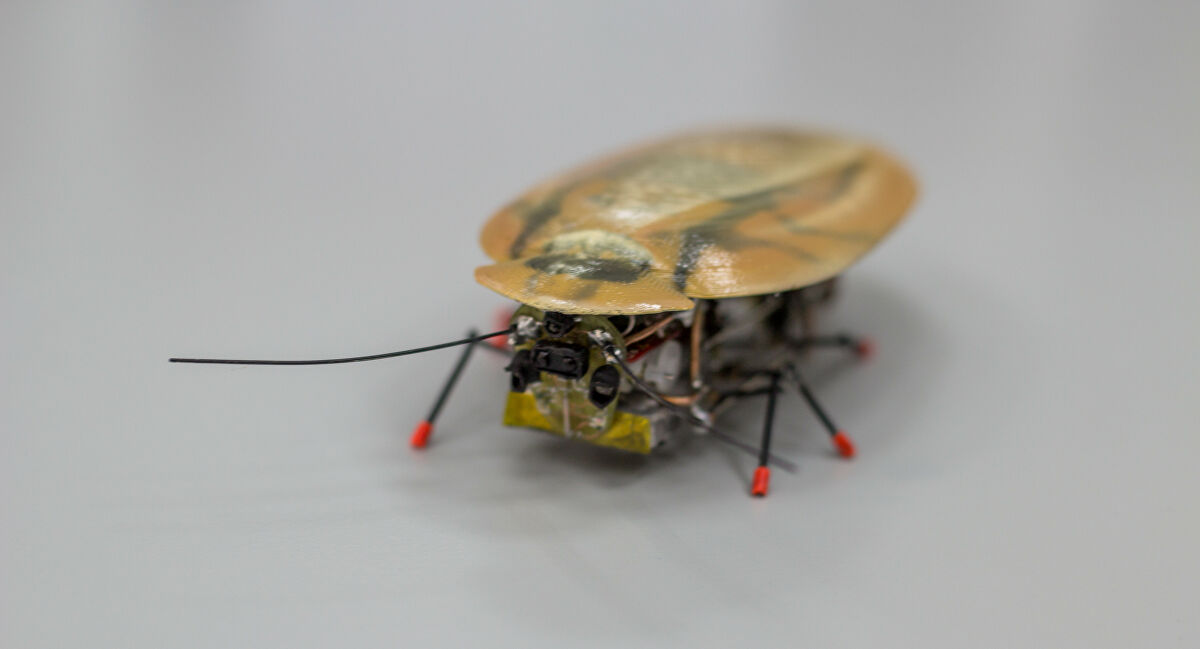The designers have developed a small cockroach-based robot with almost the same speed and flexibility as its biological equivalent.
Kyiv. Ukraine. Ukraine Gate – July 6, 2021 – Technology
A few centimeters in size, while the unnamed soft robot can move at about 20 body sizes per second and withstand a load of a million times its own weight, according to Sciencealert
Weighing less than one-tenth of a gram, the robot can support the weight of a human leg if stepped on, which is about 60 kilograms.
“Most tiny robots are very fragile,” says mechanical engineer Liwei Lin of the University of California, Berkeley. “If you step on them, you will destroy the robot.”
Part of the robot’s reliability is due to its simple design. It is made from a thin sheet of polyvinylidene difluoride, a material that expands and contracts when a small amount of AC is added.
This expansion and contraction give the robot cockroach the ability to move: by adding a front leg and an elastic polymer layer, the scientists forced the leaf to bend in such a way that it pushed it forward.
Engineers experimented with robots of various lengths (from 10 to 30 mm) and changed the frequency and voltage of the electric current to change the speed of the development. The fastest 10 mm robot managed to zip at a speed of 20 centimeters per second when energized at 200 V at a frequency of 850 Hz.
The robot can climb gentle slopes, overcome small pipes and even carry loads that weigh six times its own.
The robot now needs to be tied to an electricity source, but a future version will be able to draw power from a tiny battery.
These smart little robots have valuable uses. For example, explore the sites of natural disasters that can be dangerous to humans.
“For example, after an earthquake, it is very difficult for large cars or dogs to find survivors under the rubble, so you need a small robot that is agile and reliable,” says mechanical engineer Yichuan Wu of the University of Electronic Science and Technology of China.
The designers are also exploring a way to add a gas sensor to the original design, which would allow the robot to penetrate very difficult places and check for any gas leaks that pose a potential threat to human life. They would also like to develop a way for the robot to automatically avoid obstacles while exploring the world around it.
“We hope the proposed insect-sized robot will pave the way for fast and reliable robots for practical applications,” the engineers say.
Read Also: Inventing a Robot That Harvests Fruit Crops!
Source: Ukrgate







